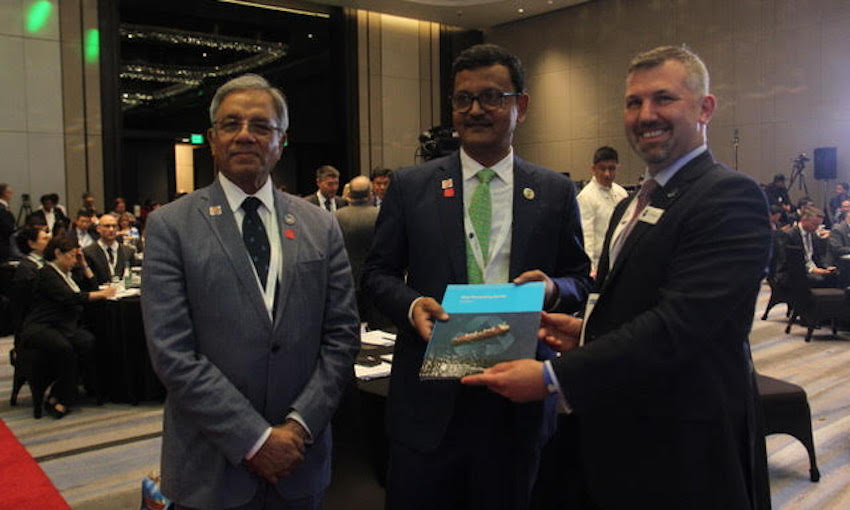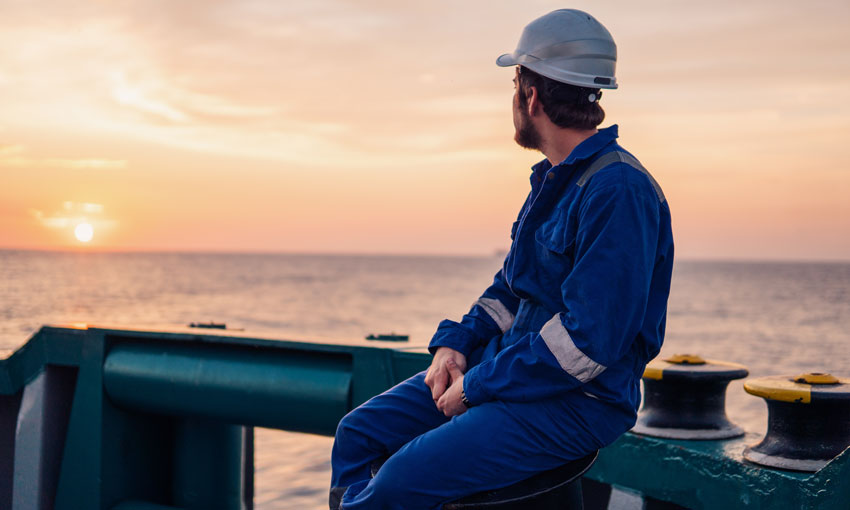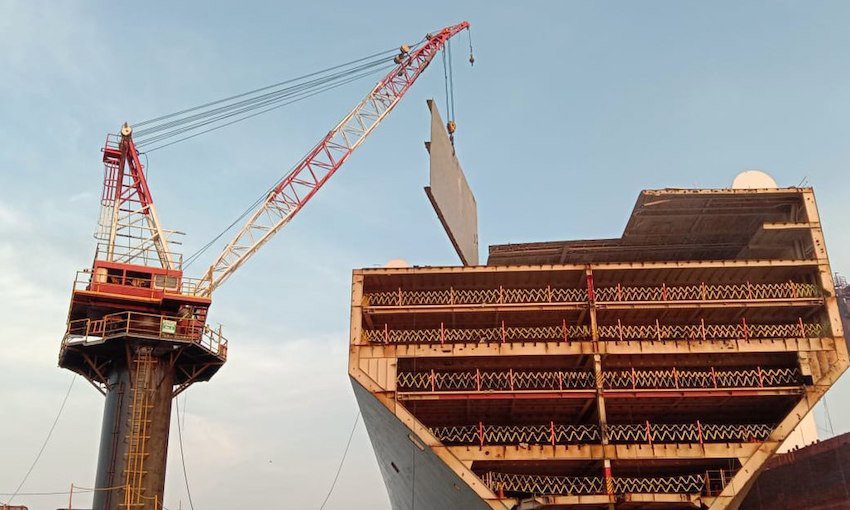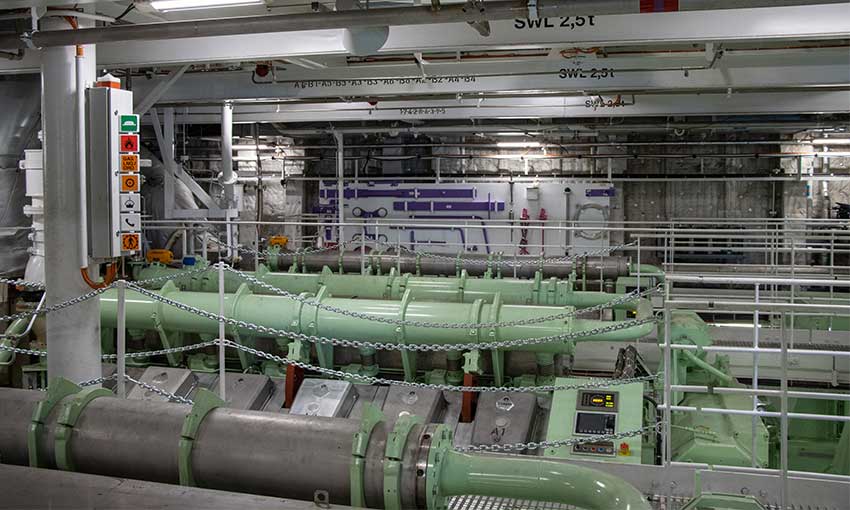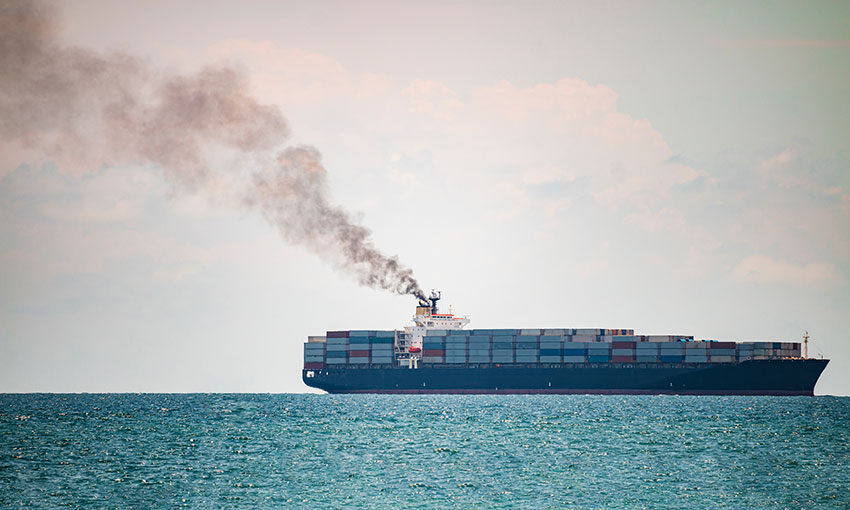THE INTERNATIONAL Chamber of Shipping has launched a new ship recycling guide designed to help shipowners comply with new regulations.
The publication follows the announcement in June that Liberia and Bangladesh had ratified the International Convention for the Safe and Environmentally Sound Recycling of Ships, enabling the convention to come into force in 2025.
The ICS Ship Recycling Guide contains expanded advice to shipowners and other stakeholders on compliance with provisions of the so-called Hong Kong Convention.
“The guide marks the next phase in ICS’s 25-year commitment to safe and environmentally sound ship recycling, beginning with the Industry Code of Practice published in 2001, which formed the basis of IMO’s guidance, to the burgeoning global ship recycling regime of the Hong Kong Convention today,” ICS senior manager (environment and trade) John Stawpert said.
He said ESG demands from charterers and customers means convention compliance has been the growing standard for ship recycling sales and the recycling process itself.
“Ratification by a major ship recycler such as Bangladesh, further confirms this trend, and the entry into force of the convention will create the global level playing field that has been evolving for a generation.
“Compliance with the requirements of the convention will therefore be essential for ship recyclers to secure their market share in the future.”
The new Ship Recycling Guide outlines the differences between the European Union Ship Recycling Regulation and the Hong Kong Convention.
It includes details on all the relevant regulations (including the European ship recycling regulation), surveys, development, and maintenance of the Inventory of Hazardous Materials, how to sell a ship for recycling as well as how to prepare it for sale.
“This new comprehensive guide has been designed to equip shipowners and crew with the necessary knowledge to ensure a safe and sustainable recycling process,” ICS technical writer Sarah Lovell said.
“We’ve ensured it covers everything from the development and maintenance of the inventory of hazardous materials while the ship is in service, through to preparing the ship for safe and sustainable recycling at the end-of-life.”

